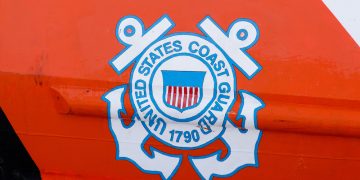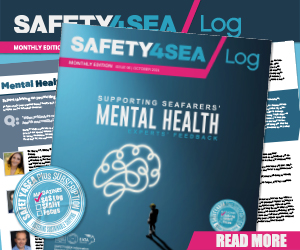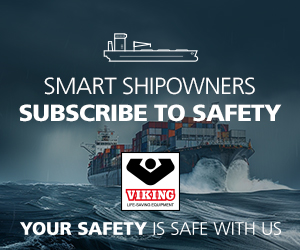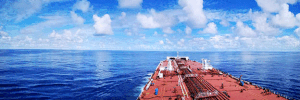Situational Awareness is a concept that has been around in maritime for many years. The benefits associated with situational awareness are significant, with an increase in safety, task, team and organizational performance considered as the most important outcomes.
Situational awareness is about knowing what is going on in the environment. One of the key concepts of situational awareness is the ability for seafarers to be able to make the distinction between a person and the environment. The environment refers to everything important that is going on around a seafarer.
A focus on important elements of the environment emphasizes that situational awareness is always about getting something done. This can be a task or anything else that requires interaction with relevant elements of the crew’s environment.
In the maritime industry, the environment of a seafarer is the bridge, the weather and traffic situation as well as communication with the ports. On the most basic level, situational awareness is about knowing what is going on in the environment and its implications for the present and the future.
While this might sound straightforward in a stable and simple situation, it can become a real challenge in a fast paced and complex environment, such as onboard a ship. This makes situational awareness a concept that is especially relevant for situations characterized by a high level of volatility, uncertainty, complexity and ambiguity (VUCA).
Situational awareness needs continuous improvement
One of the key objectives of situational awareness is error identification and prevention. In a similar way, situational awareness can contribute to the continuous improvement process in teams and organizations on two levels.
- Improved situational awareness can help to identify issues before negative consequences emerge.
- The concept helps to go through a structured learning process and identify situations which could have been avoided with a proper level of situational awareness. This makes situational awareness a management tool to drive organizational learning.
Critical factors affecting situational awareness
Situational awareness is a skill that can be achieved. And as happens in most such skills, training for improvement is vital. When considering what to watch for to enhance situational awareness, seafarers should focus on two key factors:
#1 Alert: Being fully aware of one’s surroundings is at the heart of situational awareness. Awareness includes recognizing potential dangers and knowing what signs to look for when you feel something is quite right. Alert is also about overcoming denial and accepting reality. If you feel that the weather is becoming too dangerous suddenly, or you have a sense that there are problems with the cargo, take the possible threat seriously in order to make the right decisions. After all, a speedy response can save lives.
#2 Inform: Knowing exactly where the threat and communicating that information to the rest of the crew is vital. For instance, if a seafarer notices smoke coming from a room in the ship, timely informing the other crew can be proven crucial in saving their lives and preventing the fire from further spreading. Situational awareness also includes informing the shore, and possible relevant authorities of an incident.


































































